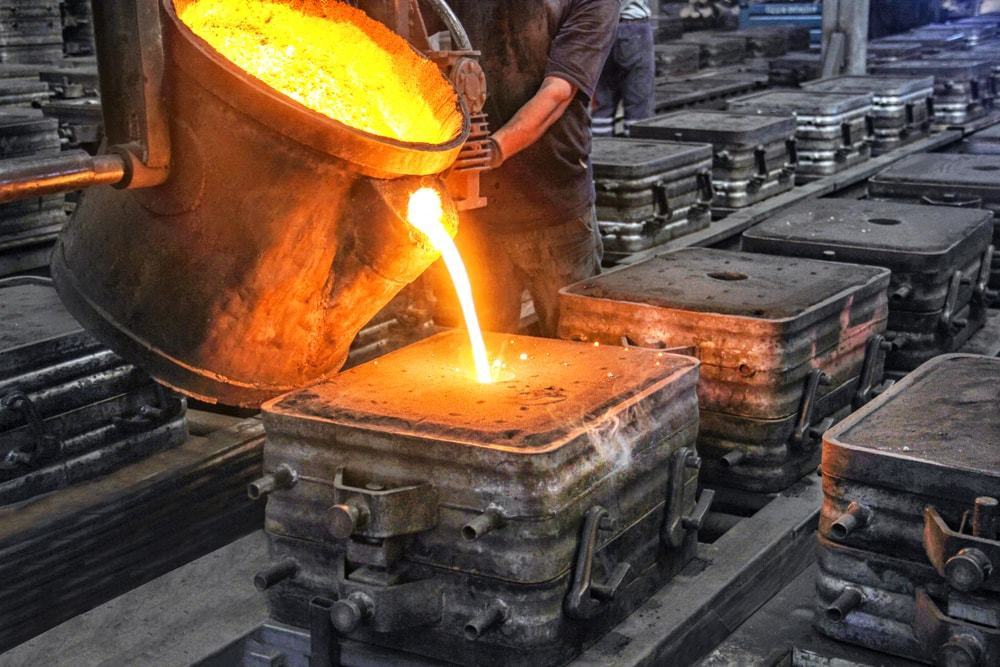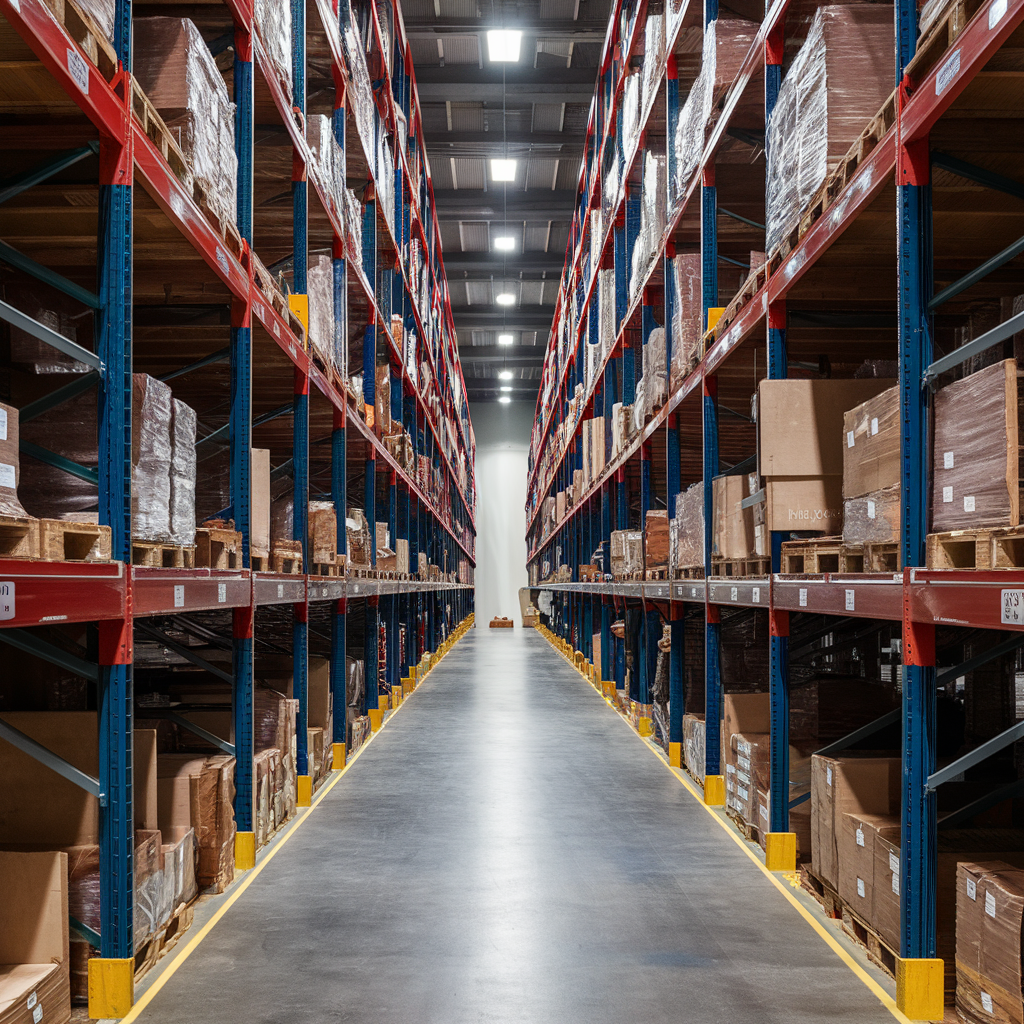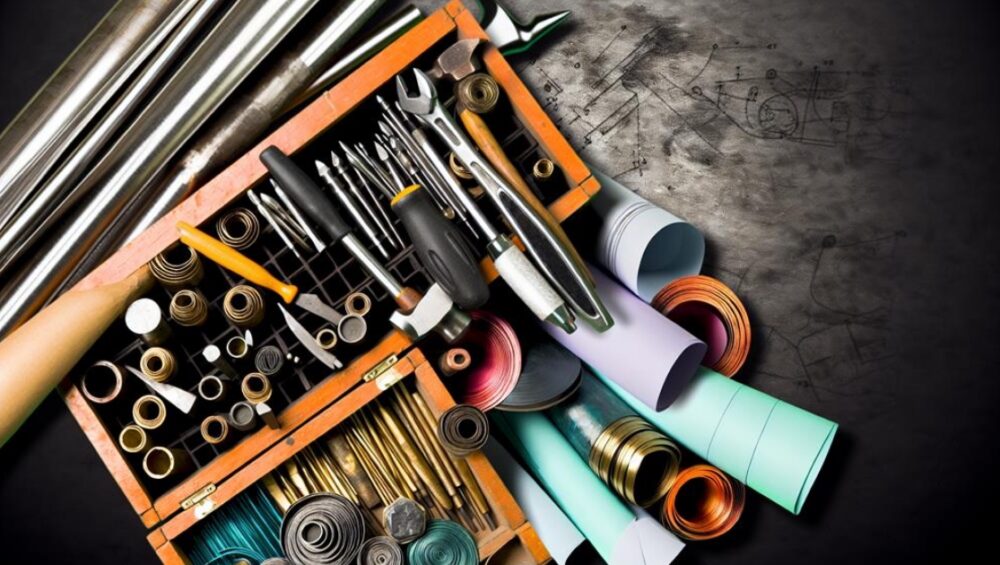The automotive industry is constantly setting itself new tasks in a desire to continue to dictate trends. This refers to the search for the best possible ways of production, which will bring better alternatives without much sacrifice. However, this industry is already at the forefront when it comes to both economy and quality. That is why we have the opportunity to encounter very fast and functional cars every day, which have a large number of other characteristics.
However, it is the result of a well-designed strategic plan that includes excellent methods in the production of parts. So, that is the key part of the plan that is the basis for everything else. To find out which methods are in question, keep reading and learn more about it below.
1. Gravity Die Casting
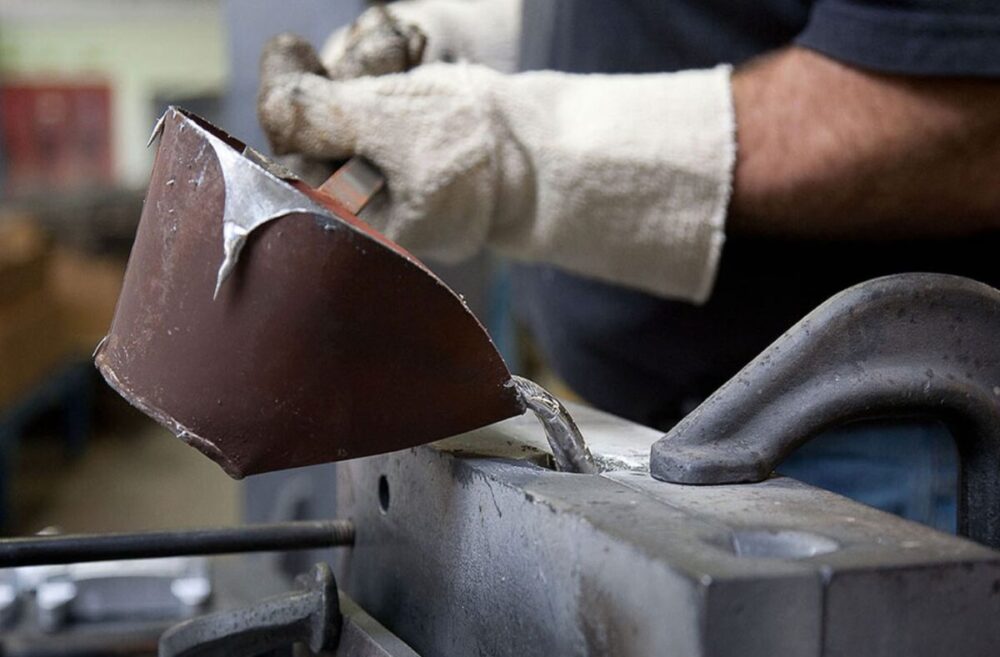
Of course, the point of the whole process is in the use of gravitational force in order to successfully pour the molten metal into the mold through free fall. This is repelled by the fact that there are vessels, inflow systems with a vertical inflow channel that allow passage. We must note that this process can be performed in different ways. On the one hand, we have the option of manual pouring. In order to realize this, pots that can withstand a large load are needed… However, the machine approach that takes place in mechanized foundries is more common. When it comes to this method, several steps are taken, and that is the following: the system of hanging, turning, lowering and lifting the containers.
This method is very widespread and enables excellent mechanical characteristics, accurate dimensions and shapes, lower sand consumption, less working space. It is also important to note the price of the tool which is very low when using this technique.
2. Centrifugal casting

Unlike gravity casting, this technique is much more rational. This is due to technological requirements that are much more appreciative when it comes to processing accessories, etc. As you can see for yourself, this process is based on the use of centrifugal force. Of course, there is the right amount of centrifugal force to carry out the intended steps in this process. However, thanks to this law, a very high-quality structure is created without the risk of porosity. The secret is in the release of the remaining gases, which are automatically ejected under the action of this force. It is also important to note that this process allows the pouring of an extremely complex form of molten cast iron, despite the smaller wall thickness.
Therefore, the technological requirements are very easily met. Also according to the casting experts from dawangcasting each process of casting parts in automobile is executed in strict accordance with the Standard Operation Procedure (SOP). During the process, automatic water cooling takes place and the obtained structure acquires excellent characteristics such as strength, hardness, more uniform mechanical properties, etc.
3. Continuous casting
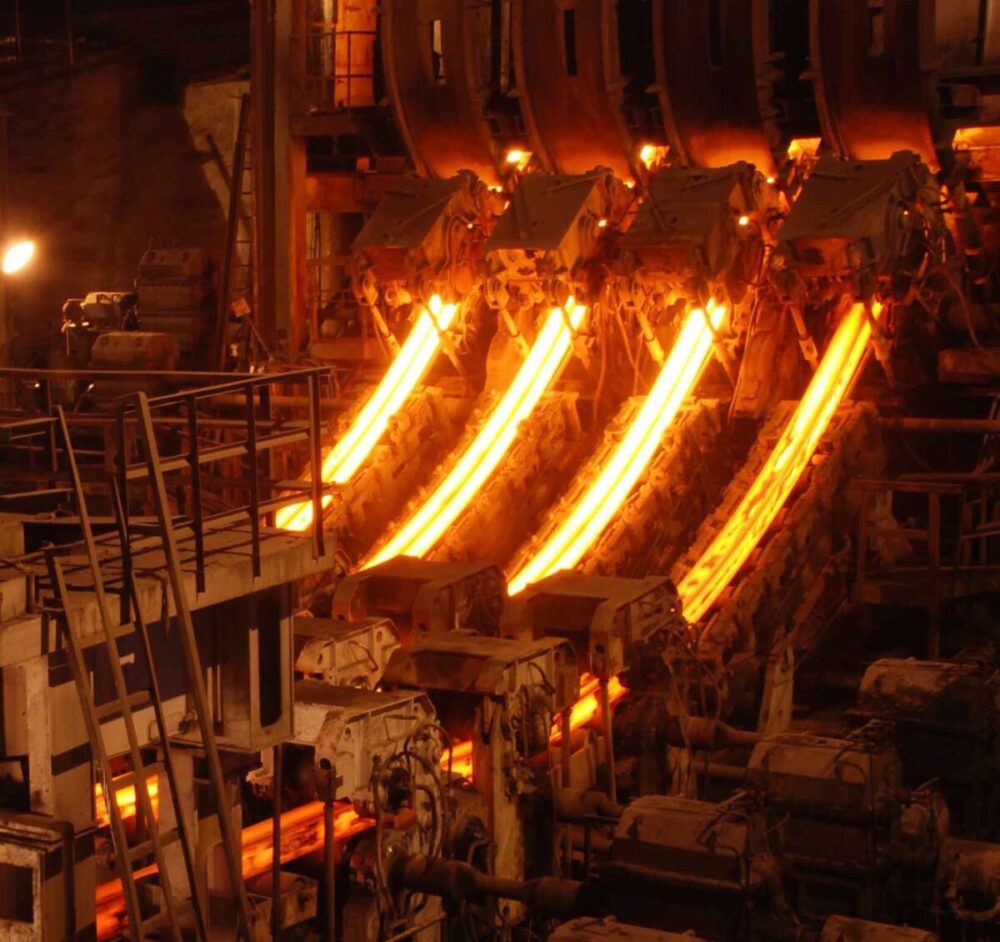
This procedure is applied to circular, square, rectangular and various other shapes. The main goal of this technique is to continuously pour the molten mass while water cooling is also present. Thus, the molten mass is poured on one side into a mold that is cooled on the outside. Thus, the material is cooled very quickly and a solid shape is obtained. The cylindrical shape achieves the greatest savings, because then the procedure consumes material and time very economically.
Continuous casting is a very popular option today and it is predicted that its application will be even greater. This is because of the many benefits that this technique brings. In addition to great savings of materials and time, the procedure also provides quality castings of clean surfaces as well as mechanical properties. The technique is very suitable when you want to get a product of slightly larger dimensions or length. Then it is a much better choice than some other methods such as gravity or centrifugal. However, the procedure is becoming more and more popular because it is very easily automated and applied in various factories.
4. Pressure Die Casting
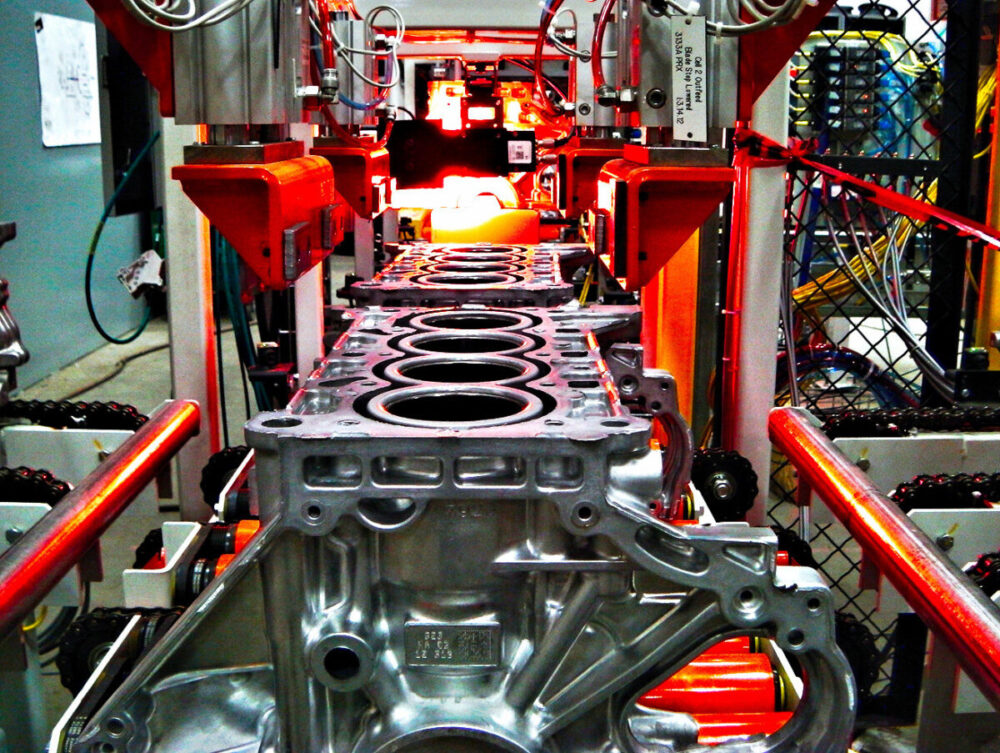
When the castings in question are more complex configurations, then die casting is the right option. So, it mainly refers to engines, cylinder heads, chassis, etc. There are even a few machines that work differently, that is, they have different heat chambers that are used for casting channels. Some have colder and some much warmer chambers. However, the whole process consists of applying pressure to the liquid metal which passes into the cavity which it completely fills. It is important to note that extremely high pressure is present throughout the process. This is the case until the liquid mass becomes solid, then the effect of pressure disappears.
There is a high speed in the work, because this process is repeated automatically one after the other in a very short time. In this way, there cannot be the slightest difference between the finished form and each previous one. There is a difference in the machines and that refers to the heat of the chamber. So you can come across those with a cold or hot chamber. This difference refers to the place of melting because when it comes to the hot chamber, it happens in the machine. On the other hand, a cold chamber involves a separate melting process.
5. Aluminum Die Casting
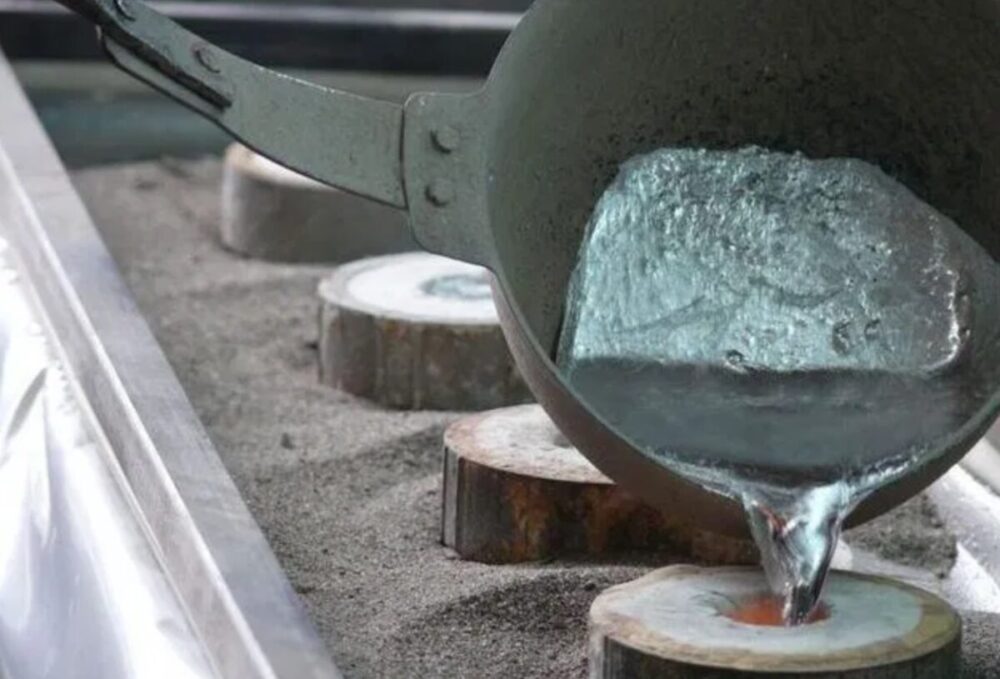
Given that the automotive industry strives for lighter materials and increasing durability, the principle of economy is very important. Thus, the industry is under constant pressure to meet this requirement and is doing so very successfully as it applies techniques that enable such materials. One of them is aluminum casting, which meets all the criteria of the industry when it comes to new ways of saving thanks to its structure. Due to that, the weight of the vehicle was reduced, the mileage was improved and much more.
When it comes to the pouring process, there is a steel vessel into which the liquid mass is poured in a row. During that, the moment of the mold pouring press is present, and the liquid mass is further moved into the cavity of the vessel and a solid mass is formed. The arrangement of the elements is set so that they work alternately in order to achieve economy over time. Also, many parts depend on the complexity of the casting, and therefore the die for casting, cores, etc. are determined.
Conclusion:
Casting methods represent the various casting techniques by which the automotive industry is making progress. So, these are phenomenal ways of production at various levels.

